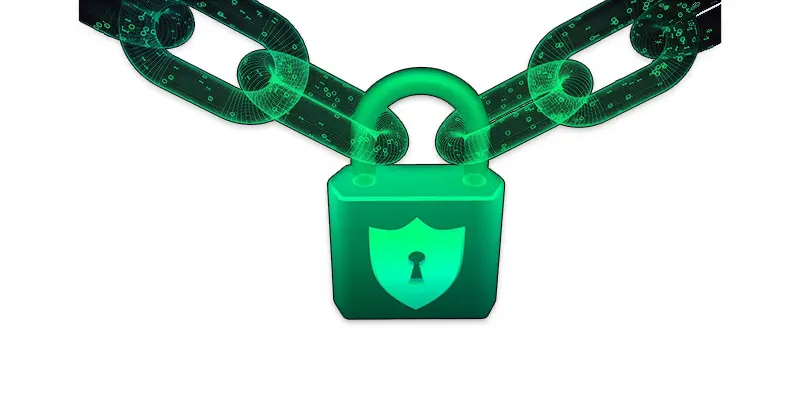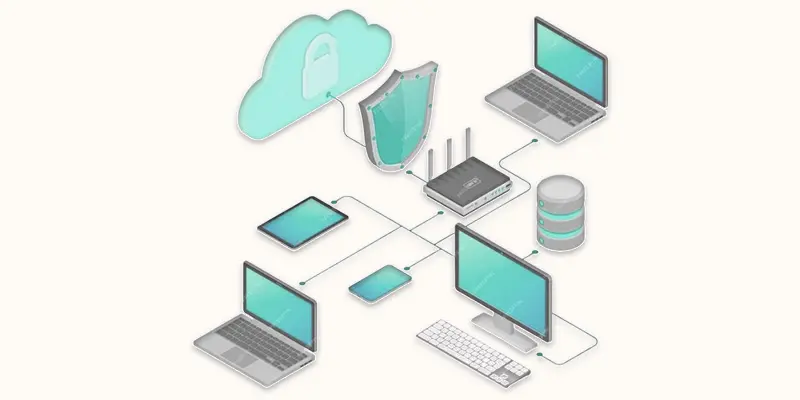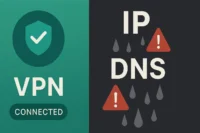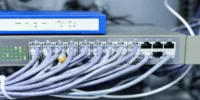What Is SD-WAN Encryption? A Simple Guide
Published: 29 Mar 2025
SD WAN Encryption
SD-WAN encryption is crucial for securing data as it moves across networks, protecting businesses from cyber threats. But do all SD-WAN solutions encrypt data the same way? Many companies struggle with slow connections and security gaps when encryption isn’t properly configured. Imagine sending sensitive data without protection; it’s like leaving your front door wide open. That’s why understanding SD-WAN encryption is essential for maintaining both speed and security.
What is SD-WAN Encryption
SD-WAN encryption protects data as it moves between offices, cloud apps, and remote users. It scrambles the data so only authorized devices can read it. This keeps hackers from stealing or altering sensitive information.

SD-WAN Encryption Definition
SD-WAN encryption is a security feature that scrambles data to keep it safe while traveling across networks, preventing hackers from accessing or tampering with it.
SD-WAN Encryption Examples
Here some examples of SD WAN Encryption
- Banking Transactions: Protects customer data during online banking.
- Remote Work Security: Encrypts data between home and office networks.
- Healthcare Records: Keeps patient information safe when shared online.
- E-commerce Payments: Secured credit card details during online purchases.
- Cloud Access: Encrypts data moving between users and cloud apps.
Why is Encryption Important in SD-WAN
Encryption in SD-WAN keeps data safe from hackers by making it unreadable to anyone without the right key. This ensures that sensitive business information stays private and secure.
It also helps businesses follow security rules and prevent data leaks. Without encryption, cybercriminals could steal or alter important data during transmission.

Types of Encryption Used in SD-WAN
SD-WAN uses different types of encryption to protect data, ensuring secure communication between offices, cloud services, and remote users.
- IPsec (Internet Protocol Security)
- TLS/SSL (Transport Layer Security/Secure Sockets Layer)
- AES (Advanced Encryption Standard)
- MACsec (Media Access Control Security)
IP sec
IPsec (Internet Protocol Security) encrypts data travelling over networks, keeping it safe from hackers. For safe site-to-site VPN connections, it is frequently used.
Example: A company with multiple branch offices uses IPsec to securely connect its networks over the internet.
TLS/SSL
Secure online communication is ensured by TLS/SSL, which encrypts data between web browsers and servers. It protects sensitive information like passwords and payment details.
Example: When you shop online, TLS/SSL secures your credit card details during checkout to prevent hackers from stealing them.
AES
The powerful encryption technique known as AES (Advanced Encryption Standard) protects data by transforming it into unintelligible code. It is widely used for protecting sensitive information in networks and devices.
Example: Banks use AES encryption to keep customer transaction data safe from cyber threats.
MACsec
MAC-sec (Media Access Control Security) encrypts data at the network’s physical layer, ensuring secure communication between connected devices. It prevents unauthorized access and data tampering on local networks.
Example: Large enterprises use Mac-sec to protect data transfers between office computers and network switches.
How SD-WAN Handles Encryption Efficiently
- Built-in Encryption: SD-WAN has encryption features that secure data automatically.
- Optimized Performance: Uses smart routing to avoid slowdowns caused by encryption.
- Traffic Prioritization: Encrypts important data first to maintain speed.
- Cloud Integration: Works with cloud security tools for extra protection.
- Key Management: Uses secure methods to handle encryption keys safely.
Best Practices for Secure SD-WAN Encryption
To keep SD-WAN encryption secure, businesses should use strong encryption protocols like AES-256 and IPsec. Updating encryption keys on a regular basis aids in blocking unwanted access. By confirming the identity of the user, multi-factor authentication (MFA) provides an additional degree of protection.
Early threat detection is possible by keeping an eye on network data for odd activities. Enabling end-to-end encryption is also crucial for safeguarding data from its origin to its final location. Businesses may maintain the security and effectiveness of their SD-WAN by adhering to these best practices.

Conclusion About Encryption of SD WAN
SD-WAN encryption is a must for securing business networks against cyber threats. I highly recommend choosing an SD-WAN solution with strong encryption protocols like AES-256 to keep data safe. If you want a reliable and secure network, start exploring SD-WAN encryption options today.
FAQS
Yes, SD-WAN uses encryption to protect data as it moves across networks. Most solutions use strong encryption, like AES to keep data safe.
WAN encryption secures data traveling over a wide-area network (WAN) using encryption methods like AES or IPsec. This helps prevent hackers from accessing sensitive information.
Cisco SD-WAN uses AES-256 encryption along with IPsec to secure data. This ensures strong protection for network traffic.
SD-WAN improves security by using encryption, firewalls, and threat detection. However, it works best when combined with other security tools.
The best SD-WAN depends on your needs. Popular options include Cisco, Fortinet, and VMware, which offer strong security and performance.
TLS works with reliable connections like TCP. DTLS works better with faster, less reliable ones like UDP, making it ideal for voice or video.
Cisco uses DTLS to secure data in SD-WAN tunnels over UDP. It keeps your data safe while maintaining high performance.
mTLS (Mutual TLS) verifies both the client and server. This adds extra security compared to normal TLS, which checks only the server.
TLS is a newer and safer version of SSL. It fixes security flaws and performs better.
This error shows up when your browser and the website can’t agree on encryption settings. It may mean outdated software or unsupported TLS versions.
TLS secures the data, while tunneling creates a private path for it. You can use both together in secure networks.

- Be Respectful
- Stay Relevant
- Stay Positive
- True Feedback
- Encourage Discussion
- Avoid Spamming
- No Fake News
- Don't Copy-Paste
- No Personal Attacks

- Be Respectful
- Stay Relevant
- Stay Positive
- True Feedback
- Encourage Discussion
- Avoid Spamming
- No Fake News
- Don't Copy-Paste
- No Personal Attacks





